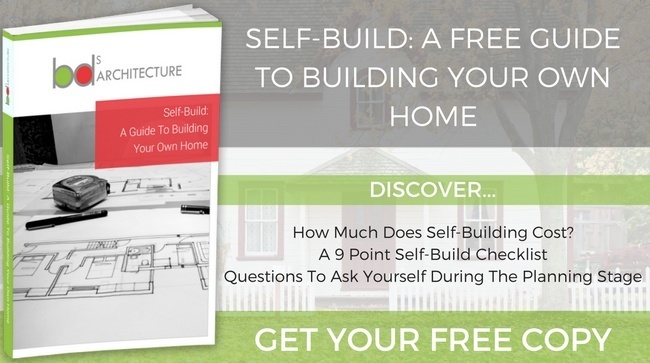
We have said it before and we will say it again, foundations are the most critical part of any building. Unfortunately, they can be the most expensive too. It's not just the cost of laying foundations that make this part of the building process so expensive. It's also the fact that there can be many unforeseen problems that crop up. Dealing with complicated foundations can become expensive.
You Never Know What To Expect Before You Start
When you break ground to begin digging foundations, you can never be completely sure what to expect. Lucky builders and architects find good load-bearing sub-soil which is great, while others encounter problems that rack up unforeseen costs. Some problems might seem like laying a foundation will be too expensive or impossible, but that's not always strictly true. Unforeseen costs crop up for the following reasons when laying foundations:
Poor Ground Conditions
Most soil types can be suitable for foundation laying, with a bit of excavation. This includes rock, chalk, gravel, clay, and filled ground. Ground conditions with a high water level will need to have higher foundations. Peat and loose waterlogged soils are generally considered very poor subsoils which fall nicely into the "poor ground conditions" category. You can lay foundations but generally at a more costly rate. The peat will need to be stripped back to find suitable load bearing ground, usually around 1.5m deep. While strip foundations are sometimes possible, a more costly reinforced raft foundation will most likely be required.
Tree Roots
When creating a foundation laying design, the water-absorbing capacity of trees in the direct vicinity, as well as groundswell caused by removed trees, must be considered. Most trees in the UK have a radial root system that can extend more than 1.5 times the height of the tree! Construction should generally be done as far from established trees and vegetation as possible.
Old Wells & Tanks
Excess water can compromise the foundations. If you encounter an old well or tank during foundation laying, the water level may be too high or the soil waterlogged, resulting in poor ground conditions.
Two ways to avoid unforeseen costs and expensive surprises when laying foundations
1. Properly Assess The Site Before Work Begins
Some builders will carry out many investigations before beginning work. Digging trial holes for inspection by structural engineers is a popular route, but this can get expensive. Some believe that if you break ground and find problems, you won't spend any more money than if you carry out all the expensive tests beforehand. And if you break ground and find no problems, you actually save money, but this is not strictly true. Last minute finds can delay project progress and this can end up costing you more in the long run. The trick is to do a few assessments and tests before work begins, but not to go overboard incurring massive costs.
2. Tap Into Local Knowledge Resources
Using local knowledge will help you to determine what foundations are best. If properties have been built nearby, get in touch with the owners and make a few inquiries. Ground workers and local builders in the area will know more about the ground conditions and will offer valuable insight and information. You can also chat with the building inspector of the local area. Just remember that any advice given is not considered "official" and is merely intended to be used as a guideline. Knowing what to expect can really help you to budget more accurately.
Don't Worry - All Hope Is Not Lost If You Encounter Problems
Don't be misguided and believe that problem ground conditions mean you cannot go ahead with foundation laying. One of the most common solutions is to dig deeper foundations, but anything deeper than 2.5m will become too expensive. In this instance, engineered solutions are preferred for ease and cost-saving. Concrete rafts are a good option (reinforced floor slabs) and concrete piles (concrete stilts sunk down into the ground) are often used too.
Get in touch with BDS Architecture for all your foundation laying needs. If you want advice, more information and accurate costings for foundation laying, simply get in touch with us at BDS Architecture today.






